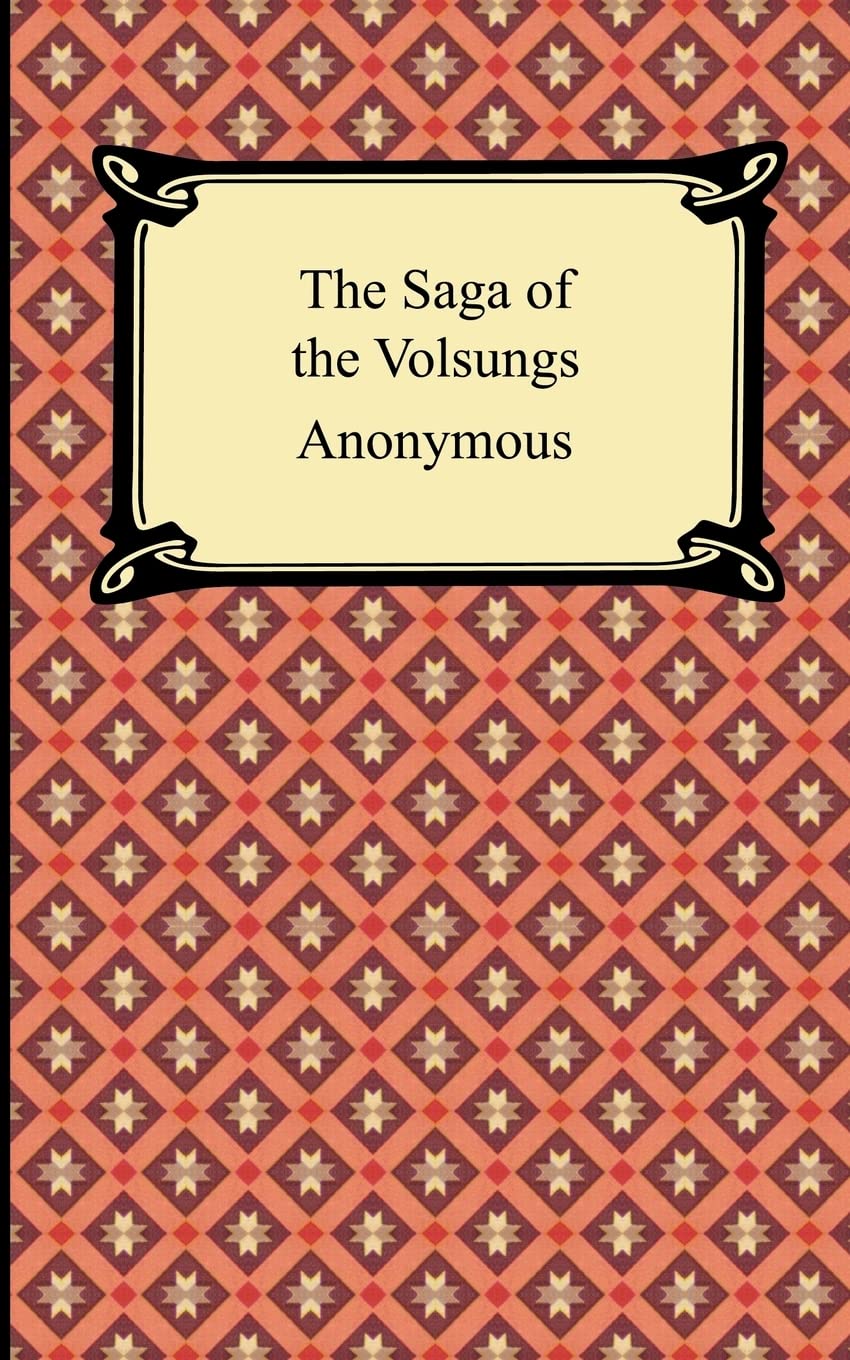

Full description not available
G**N
great story, great history/heritage
I recommend this book.First, this is an interesting adventure/ set of adventures of ppl of long ago. Fun to read. The first half is mythical and has magical and religious elements (of pre-christian viking religion) with queer beasts, magical talismans and visiting gods. The second half is semi-historical with ppl who really lived in real places, and others who are speculated to be real ppl but their names while similar are different and so they may be fictional. However there is still some magic, and the ppl are often coexisting with other ppl from different eras, and so not really historical.)Second, these tales show us (to some extent) how the ppl of old lived and thought and gives us a piece of our pre-Christian heritage. pretty much any citizen of UK and most of US are going to be related to the vikings). Maybe you don't need that history, but our culture is so awash in Roman and Greek culture, philosophy and myth (even tho we don't grow up on those writings as much as the generations up to 50 yrs ago did, so much language, expressions etc stem from there), not to mention the weight of Christian culture and thinking (nothing wrong with it, but again, it's not stories of N Euro ppl), that we have really forgotten a part of our heritage. It's really a big blank space.Third, these old norse stories in addition to being an exciting adventure, have their share of wisdom about life in them as much as any of the old stories of the Gr/Roman/ Christian ones do.I haven't read any other translation, and can't read the original, so I can't comment on the translation, but it reads well and clearly with easy to find notes that clarify or enlarge on the story/text. There are good essays/ appendices explaining history, culture, other works, as well as the family trees of the characters.Altogether a good book.
G**N
Blood and Wine
Medieval Icelandic literature is highly variable in quality and comprehensibility, but the Volsung Saga is a masterpiece of the genre, and here it is masterfully translated and presented by Byock. This edition includes extremely useful explanatory notes, a vital glossary of characters, and an introductory essay that is by itself worth the cost of this book.Like many Icelandic sagas, this is a brooding history of semi-historical kings overshadowed by augers of doom. It exhults in shocking acts of violence that make "Medea" and "Titus Andornicus" seem restrained by comparison. The moral tone is ambivalent and grim, as its heroes slay, conquer, and betray themselves and one another under the watchful eyes and sometimes at the direction of the old Norse pantheon.The pacing of the work and its frequent evocation of verse reminds the reader of its likely origins as a bardic work. The breathless leap from climax to climax is a bit fatiguing, and this book is best sipped.If you are considering reading this work to enhance your understanding of Wagner's Nibelungen Ring, you should not hesitate to buy it. This saga informed Wagner's "poem" more than any other source material he consulted, and you'll find most of the principle events included within. Many interpretive puzzles that have baffled me for years were quickly resolved by reading this work; in many cases events that I found puzzling were simply reproduced faithfully from the source material.To the student of history, mythology, opera, or literature, this book is an excellent and worthwhile read.
P**E
Readable rendering of seminal saga
This 13th century Icelandic saga of Sigurd the dragon slayer was rediscovered in 19th century Europe and was a prime source for Wagner's Ring cycle, especially the Siegfried part. Elements will also be found in Tolkien. Personally, I came to Norse mythology through the BBC's Adventures of Noggin the Nog (Did he ever put an end to Nogbad the Bad?).It is a neglected tradition, as evidenced by the paucity of translations in print. We commonly talk of the Classical (Greek and Roman) and Judeo-Christian roots of our culture, but greatly underestimate the Norse and Celtic influences. The Volsung saga and the Niebelungenlied are among the best known and influential of the medieval epics and if you enjoy one you will probably enjoy the other. You might start with the Volsungs because theirs is the shorter and more coherent story, even though the more mythical and fantastic.Byock's translation is very readable, reflecting the sparse, unadorned style of the original. His introduction is excellent, especially the notes on Wagner, in which he traces the influence of this work in the Ring.The Saga of Ragnar Lodbrok and The Lay of the Raven follow the Volsung saga in the original manuscripts and form a continuous narrative. So why, as the Volsung saga is quite short, are they not all three published together in one volume? I felt rather short changed. Even so, I heartily recommend this book.
Trustpilot
1 month ago
2 weeks ago